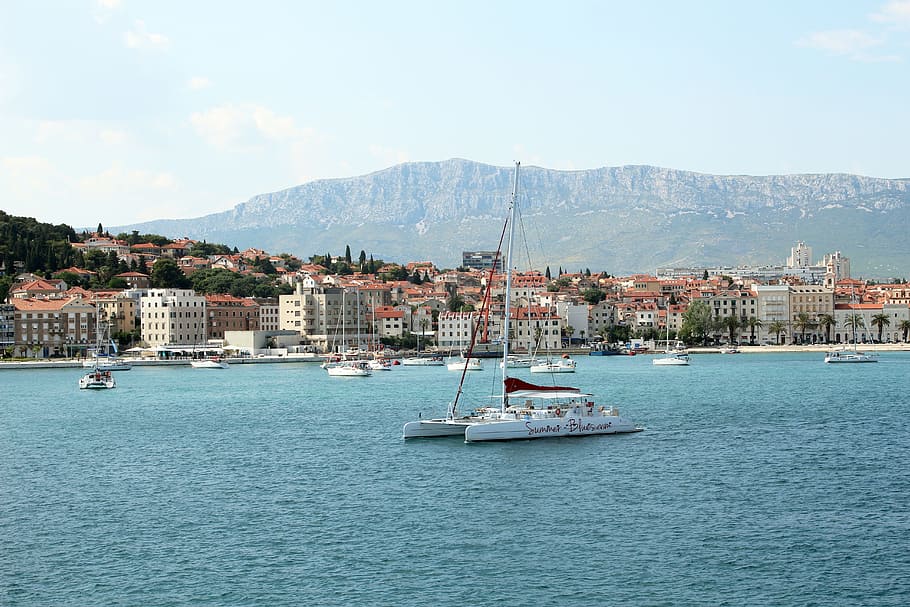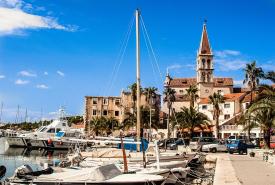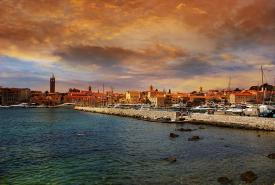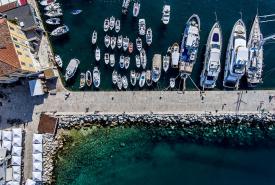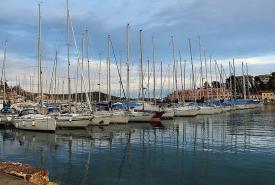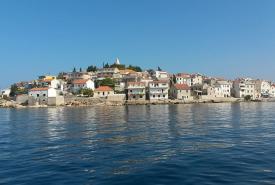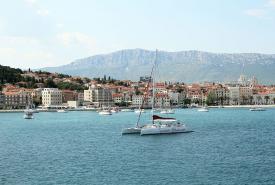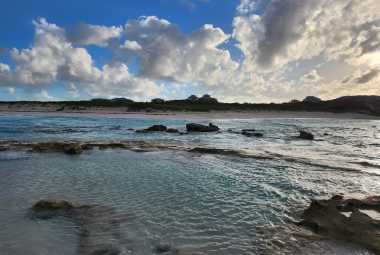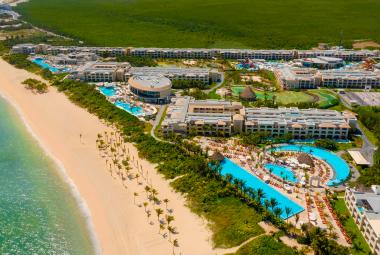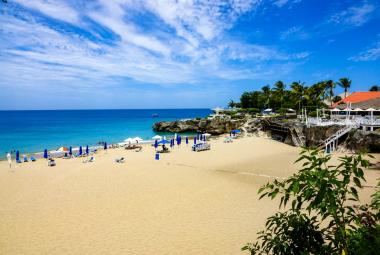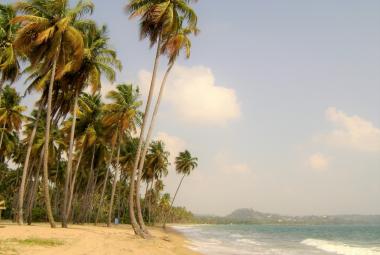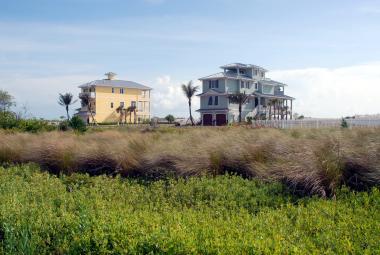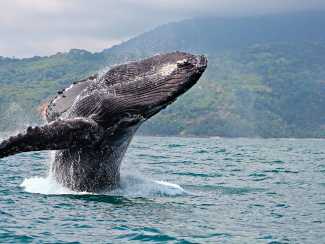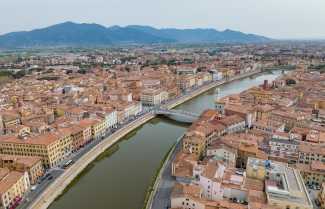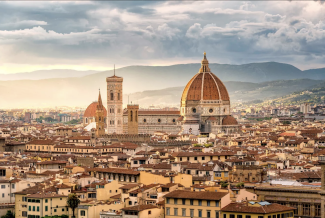Where Ancient Ruins Meet Modern Living
With crystal clear waters and white sand beaches, Croatia is a budding new mecca for yacht vacations.
If you're looking for culture and history without the crowds of the Western Mediterranean, then come and sail the Adriatic Sea. Here, you'll find islands to play on, cities to explore, and ancient Roman palaces.
The country of Croatia is the perfect place to turn your Mediterranean fantasies into reality, whether they are of balmy days by sapphire waters or in the shade of ancient walled towns.
Croatia's coast is a popular tourist destination.
A major draw for visitors to Croatia is unquestionably the country's spectacular island-dotted coastline. The first thing that strikes you about the water is how clear it is compared to other bodies of water. Against the backdrop of an immaculately maintained white sand pebble beach, the water shimmers with a jewel-like intensity in shades of emerald and sapphire. There are also long stretches of sandy and shingly beach, which are ideal for lazy days spent lounging and binge-reading trashy holiday novels. If all of this sounds a little too relaxing, there are plenty of water-based activities to keep you from sinking into your sun lounger – snorkeling, diving, kayaking, windsurfing, and sailing, to name a few options.
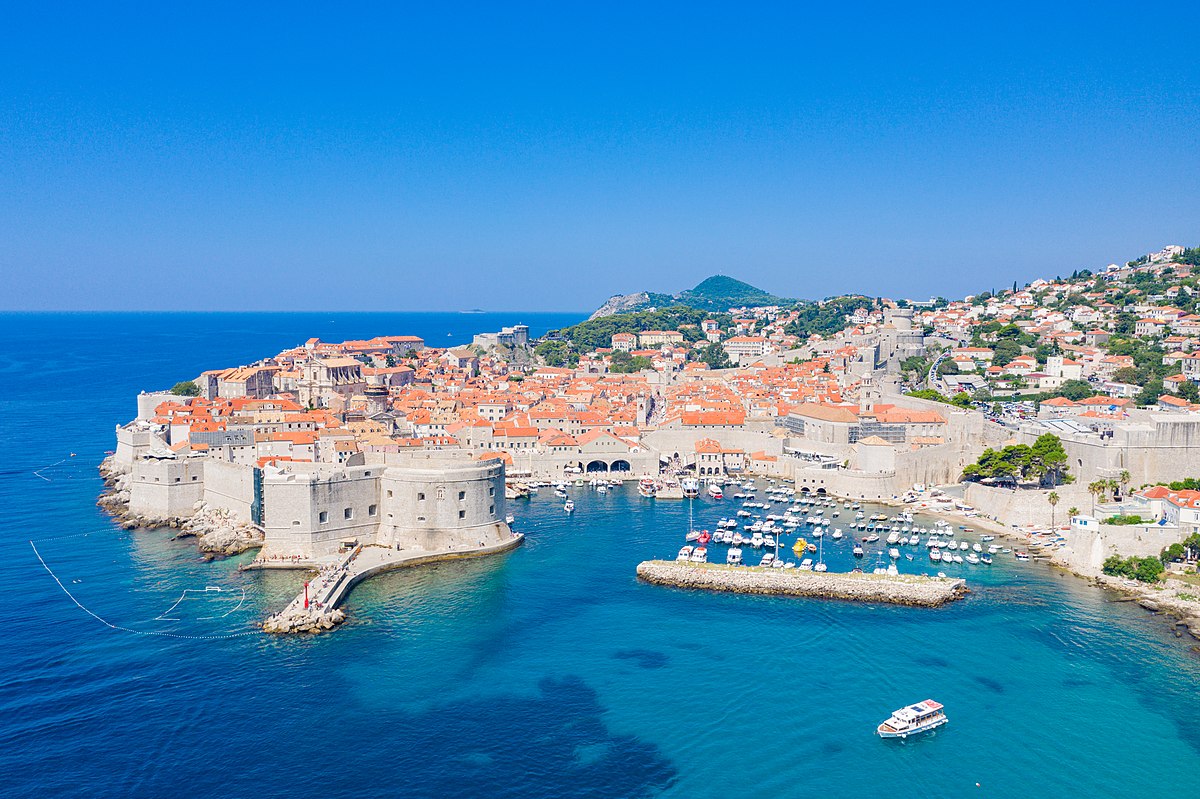
Empires on the Verge of Collapsing
For millennia, this land has been passed between competing kingdoms, empires, and republics as it straddles the border between the Balkans and central Europe. It is only in the rich cultural legacy that each of these people has left behind that there is an upside to their constant dislocation. Throughout Europe, Venetian palaces coexist with Napoleonic fortifications, Roman columns protrude from early Slavic churches, and Viennese mansions compete with Socialist Realist sculptures. Excellent museums display artifacts that span the entire span of European history, from the prehistoric to the post-communist era, telling a story that is both fascinating and horrifying in equal measure.
On the inside, there is beauty.
If you take your gaze away from the glistening waters for even a brief moment, it's likely that an enormous mountain will come into view. The Dinaric Range, which stretches from Italy all the way to Albania, follows the coastline for much of its length. In its wake has been left a wonderland of rugged peaks, caves, river canyons, waterfalls, and ridiculously picturesque lakes carved out of the limestone karst by the glaciers. As you travel further inland, the landscape begins to flatten out into rolling farmland. Active types will find plenty of opportunities to get out and about on the numerous hiking and biking trails, while the more adventurous can try their hand at rock climbing, whitewater rafting, and zip-lining.
Feast of Cultures
In the event that you are fortunate enough to break through the tourist/guest barrier and are invited into a local's home, you will quickly become familiar with the refrain 'Jedi! Jedi! Jedi!' (Eat! Eat! Eat! Eat! ) In this culture, sharing food and drink is extremely important, and it speaks both to the nature of Croatian hospitality and to the high quality of local produce available here. The simple, homestyle cooking that is a hallmark of family-run taverns is becoming increasingly popular, but an emerging generation of chefs is bringing a more adventurous approach to the table. Meanwhile, Croatian wines and olive oils are making a name for themselves on the international stage, winning numerous awards.
Where is Croatia
Airports in Croatia
Primary airport: Zagreb International Airport
Zagreb airport serves as the primary hub for Croatian airlines, which operate all domestic flights in the country. If you are unable to find an international flight to any of the other airports in Croatia, you may want to consider using Zagreb airport as a transit point between countries.
All Croatian Airports
Top Attractions
Dubrovnik
Dubrovnik, also known as the "Pearl of the Adriatic," is one of the most popular tourist destinations in Croatia and the Mediterranean, earning the nickname. The walled city's economy was based on maritime trade. After being defeated by Venice in the Middle Ages, it became the only city-state in the Adriatic that could compete with it, and it experienced a remarkable period of development during the 15th and 16th centuries. Known for its stunning architecture and sculptural detail, Dubrovnik also boasts spectacular churches, monasteries, museums, fountains and the famous walls that surround the old city, all of which are open to the public.
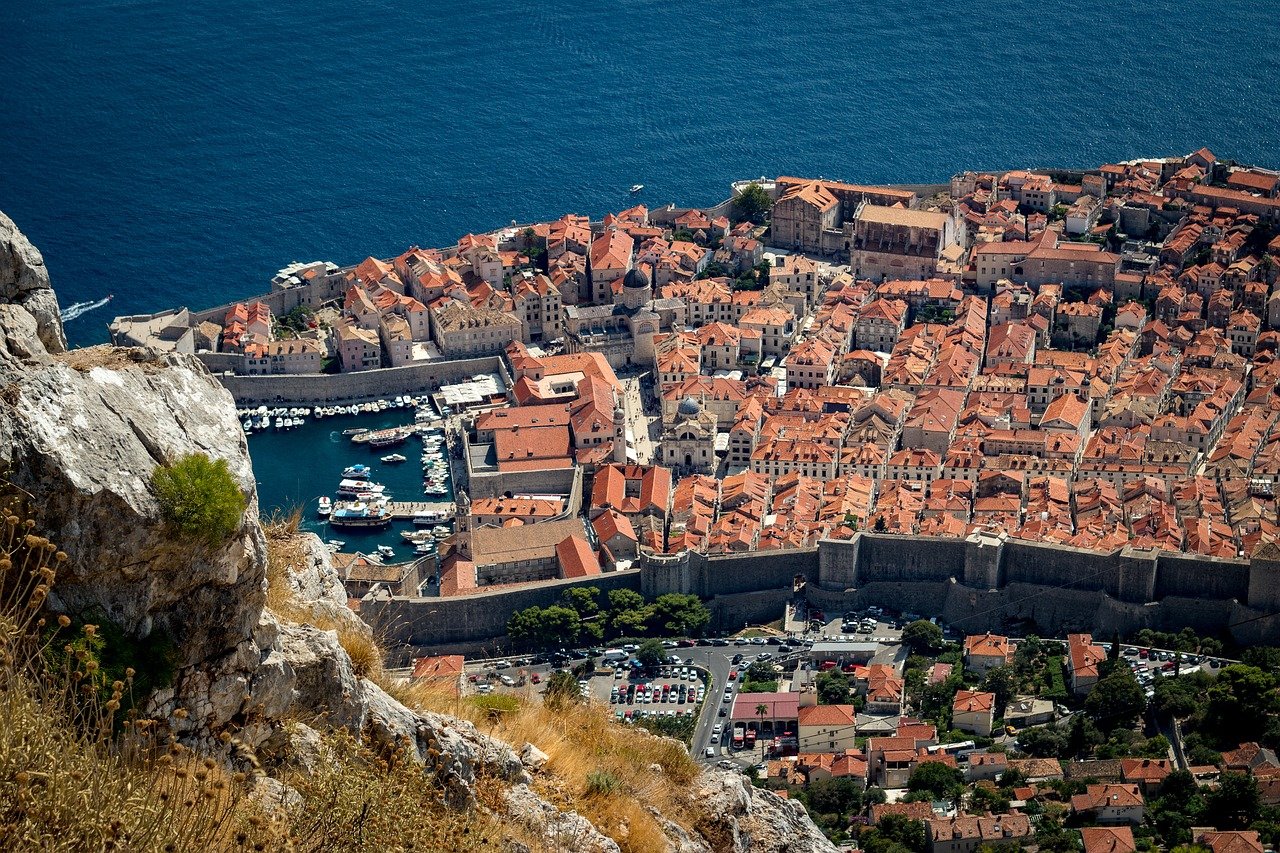
Mljet
The island of Mljet is one of the larger islands off the coast of Southern Croatia and is home to a large population of people. Having 72 percent of the island covered by forests and the remaining 30 percent scattered with fields, vineyards, and small villages, Mljet is an ideal place to unwind and unwind. Located at the western end of the island, Veliko and Malo Jezero salt lakes are two of the island's most notable natural features. An old Benedictine monastery with a small island in the middle of Veliko Jezero can be found in the middle of the lake.
Diocletian's Palace
Diocletian's Palace in Split was built by the Roman emperor Diocletian as a retirement residence in advance of his death. He spent his retirement years in his palace, tending to his vegetable gardens, which he built himself. Following the Romans' abandonment of the site, the Palace sat vacant for several centuries before being restored. In the 7th century, residents of the surrounding area fled to the walled palace to avoid being attacked by barbarians. Since then, the palace has been occupied, with residents establishing residences and businesses in the palace's basement and within the walls of the building. Many restaurants and shops, as well as some residences, can still be found within the walls of the complex today.
Gornji Grad
Gornji Grad, which literally translates as Upper Town, is the medieval heart of Zagreb. It developed as two distinct towns: Kaptol, which served as the Bishop's residence, and Gradec, which served as a free town where traders and artisans lived. It was in the 1770s that the towns came together to form the northern section of historic Zagreb. The square around St. Mark's Church, which serves as the parish church of Old Zagreb, is the focal point of Gornji Grad.
Euphrasian Basilica
A must-see attraction in Porec, a 2,000-year-old town in Istria, is the Euphrasian Basilica, built in the sixth century. It is considered to be one of the best examples of early Byzantine architecture in the Mediterranean region, and it has largely retained its original shape, despite the fact that accidents, fires, and earthquakes have altered a few of the building's architectural details. While Bishop Euphrasius was in charge of construction, a new basilica was constructed on the site of an older structure. The mosaics on the walls were created by Byzantine masters, and the mosaics on the floor were created by local experts.
Pula Arena
Croatia's Pula Amphitheater is the sixth largest surviving Roman arena in the world and one of the best-preserved Roman monuments in the country. In the first century AD, the Pula Arena was constructed, with a capacity of more than 26,000 spectators. Many stones from the amphitheater were taken and used to construct houses and other structures in the surrounding area during the 15th century, but fortunately, this practice was stopped before the entire structure was destroyed. Today, it is a popular tourist destination in Croatia, and it used to be the site of a variety of festivals and performances during the summer.
Korcula
Korcula, Croatia's sixth-largest island, is separated from the mainland by a narrow strait, which is the narrowest in the world. Korcula is the name of the island's capital as well. This ancient city, which has been dubbed "Little Dubrovnik," is one of the most beautiful towns on the Croatian coast and is renowned for its distinctive architecture. One of the most popular attractions is the alleged birthplace of Marco Polo, which is located nearby. The Cathedral of St. Marco is the largest and most beautiful structure on the island of Korcula. It was constructed in the Gothic-Renaissance style and completed in the 15th century.
Rovinj
Rovinj is one of the most picturesque towns in the Mediterranean, and it is located on the island of Hvar. Because of the pastel-colored houses that are clustered together on steep winding streets, it is a delightful place to stroll around. Rovinj is still a thriving fishing port, and visitors can take a boat to one of the nearby islands to enjoy the scenery. Because of the pristine beauty of the indented coastline and its forests, the area around Rovinj has been referred to as an "outstanding scenic wonder."
Hvar\sIsland The island of Hvar, and particularly the town of Hvar, is one of the most popular tourist destinations in Croatia. The agricultural landscape is dominated by olive groves, fruit orchards, and lavender fields, all of which contribute to its beauty. It is a popular port for yachts sailing around the Adriatic, especially during the summer months, thanks to its picturesque natural bay and protection from the Pakleni island chain to its south. There are a smattering of small villages dotting the coast or nestled in the lush interior of the island that is also worth a visit, including Starigrad, the island's oldest village, and Jelsa, as well as a smattering of historical sites.
Plitvice Lakes
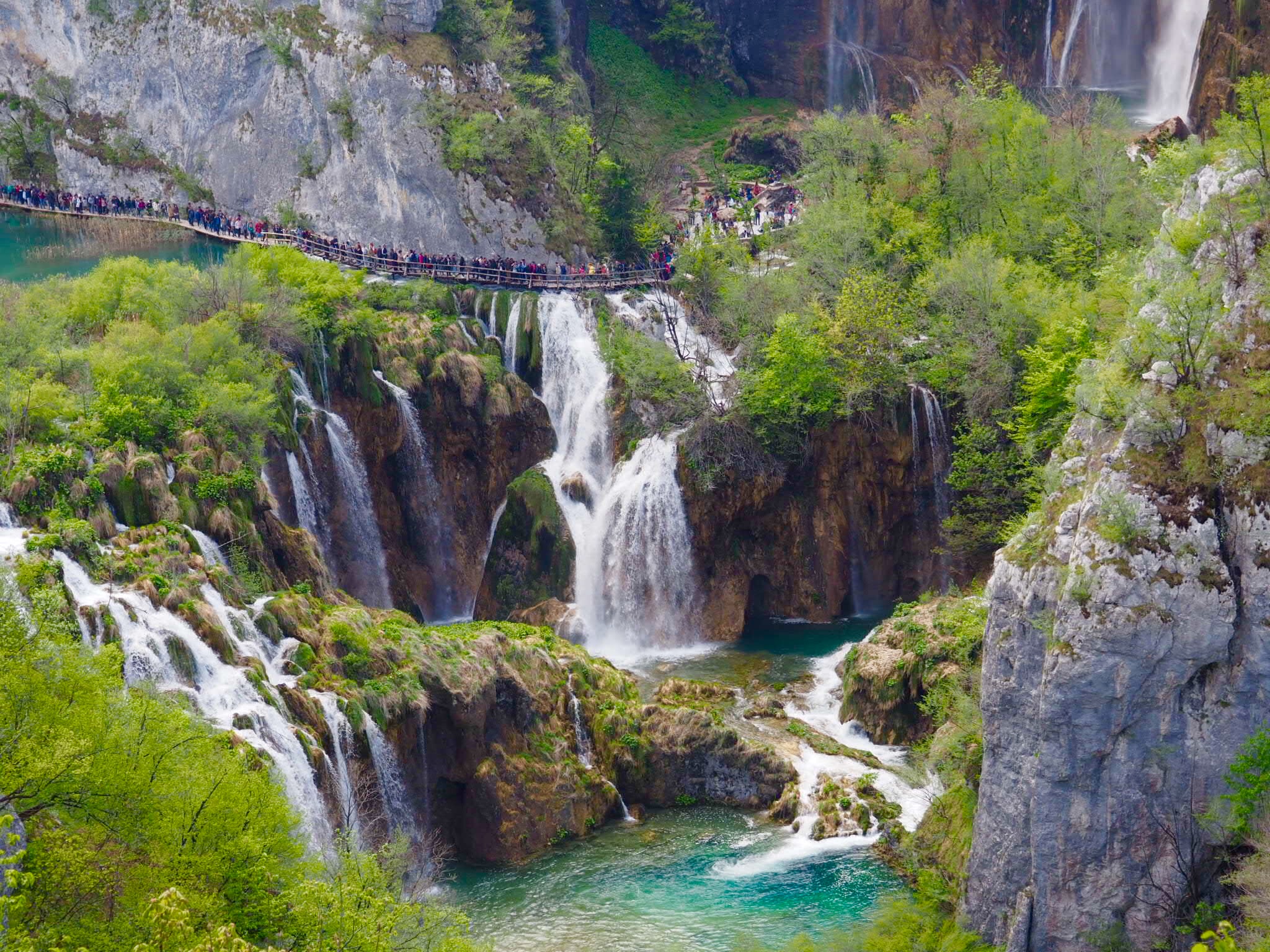
The Plitvice Lakes is widely regarded as one of Europe's most beautiful natural attractions, and they are located in Croatia. This system of 16 interconnected lakes and the large forest complex that surrounds them were designated as a national park in 1949 due to their natural beauty and historical significance. The stunning Plitvice Lakes are renowned for their vibrant colors, which include azure, green, blue, and gray, among others. The area surrounding the lakes is home to a plethora of animal and bird species, many of which are endangered. Rare fauna such as the European brown bear, wolf, eagle, owl, and lynx, as well as many more common species, can be found in this area.

